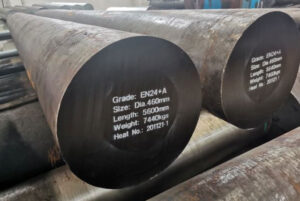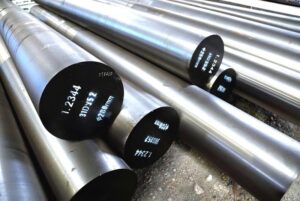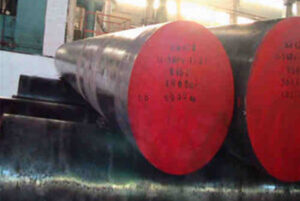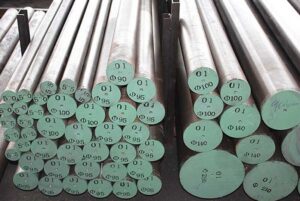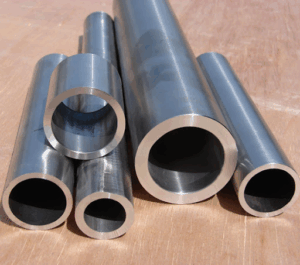Overview
Welcome to the ultimate guide on ASTM F599 Stainless Steel! If you’re looking to understand this specific grade of stainless steel in detail, you’ve come to the right place. Whether you’re a seasoned engineer, a curious student, or someone in the manufacturing industry, this article is designed to provide comprehensive information in an engaging and reader-friendly manner. We’ll dive into the chemical composition, applications, mechanical properties, heat treatment, suppliers, pricing, advantages, and disadvantages of ASTM F599 Stainless Steel. Plus, we’ll wrap things up with an FAQ section to address any lingering questions.
Chemical Composition of ASTM F599 Stainless Steel
Understanding the chemical composition of ASTM F599 is crucial for grasping its unique properties. Here’s a detailed breakdown:
| Element | Percentage (%) |
|---|---|
| Carbon (C) | 0.08 max |
| Chromium (Cr) | 17.00-19.00 |
| Nickel (Ni) | 8.00-10.00 |
| Manganese (Mn) | 2.00 max |
| Silicon (Si) | 1.00 max |
| Phosphorus (P) | 0.045 max |
| Sulfur (S) | 0.030 max |
| Molybdenum (Mo) | 2.00-3.00 |
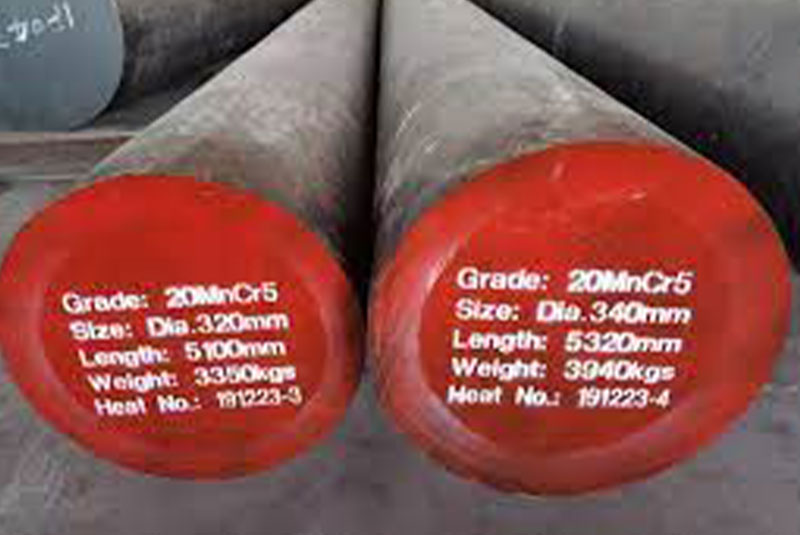
Breaking Down the Composition
Each element in the composition contributes to ASTM F599’s unique characteristics:
- Carbon (C): Provides strength and hardness.
- Chromium (Cr): Enhances corrosion resistance and strength.
- Nickel (Ni): Adds toughness and corrosion resistance.
- Manganese (Mn): Improves hardness and strength.
- Silicon (Si): Increases strength.
- Phosphorus (P): Improves machinability.
- Sulfur (S): Enhances machinability.
- Molybdenum (Mo): Boosts corrosion resistance, particularly against chlorides.
Applications of ASTM F599 Stainless Steel
ASTM F599 Stainless Steel is versatile, finding applications across various industries. Here’s a detailed table of where and how it is used:
| Industry | Application |
|---|---|
| Medical | Surgical instruments, implants |
| Aerospace | Engine components, structural parts |
| Automotive | Exhaust systems, fasteners |
| Construction | Structural supports, reinforcements |
| Food and Beverage | Processing equipment, storage tanks |
| Chemical Processing | Tanks, pipes, valves |
Why Choose ASTM F599?
This stainless steel grade is preferred for its exceptional corrosion resistance, high strength, and durability. Its biocompatibility makes it a prime choice in the medical field, while its robustness and resistance to extreme conditions make it suitable for aerospace and automotive applications.
Mechanical Properties of ASTM F599 Stainless Steel
Mechanical properties are key to understanding how a material behaves under various conditions. Here’s what you need to know about ASTM F599:
| Property | Value |
|---|---|
| Tensile Strength | 515 MPa min |
| Yield Strength | 205 MPa min |
| Elongation | 40% min |
| Hardness (Brinell) | 200 HB max |
| Modulus of Elasticity | 200 GPa |
| Poisson’s Ratio | 0.27-0.30 |
Interpreting the Properties
- Tensile Strength: Indicates the maximum stress the steel can withstand while being stretched or pulled.
- Yield Strength: The stress at which the material begins to deform permanently.
- Elongation: Measures the ductility of the steel, or how much it can stretch before breaking.
- Hardness: Resistance to indentation and abrasion.
- Modulus of Elasticity: Reflects the stiffness of the material.
- Poisson’s Ratio: Describes the ratio of the transverse strain to the axial strain.
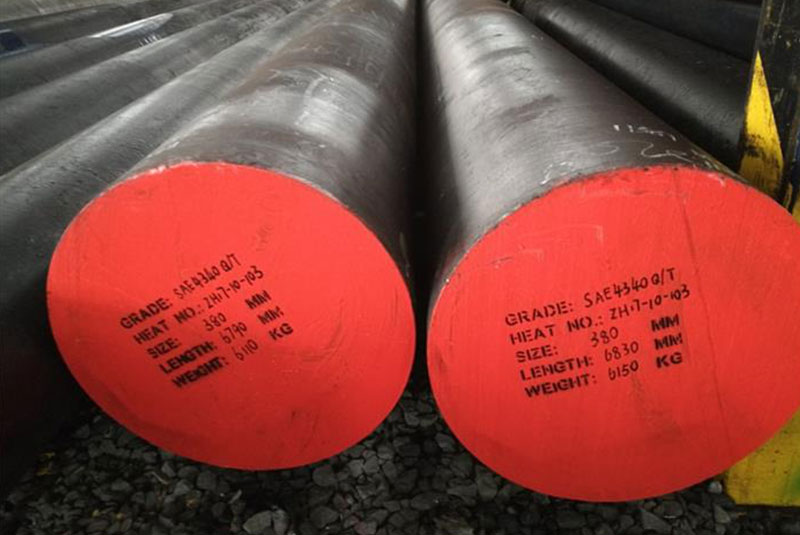

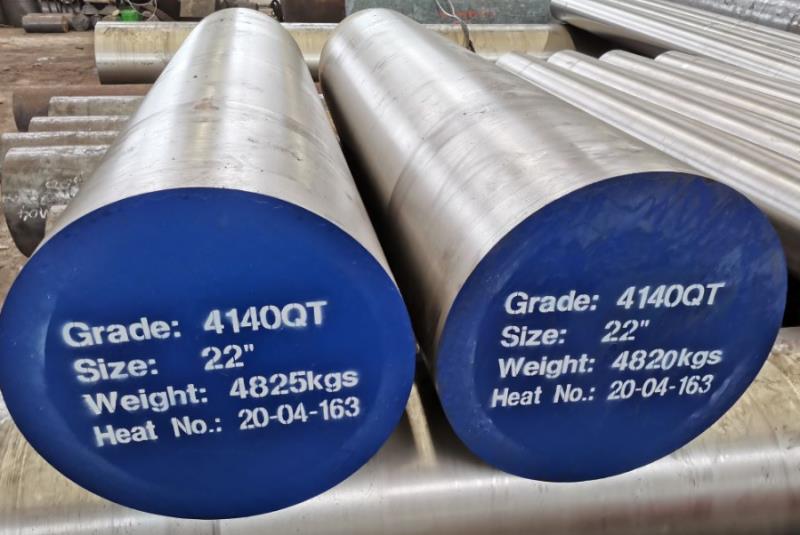
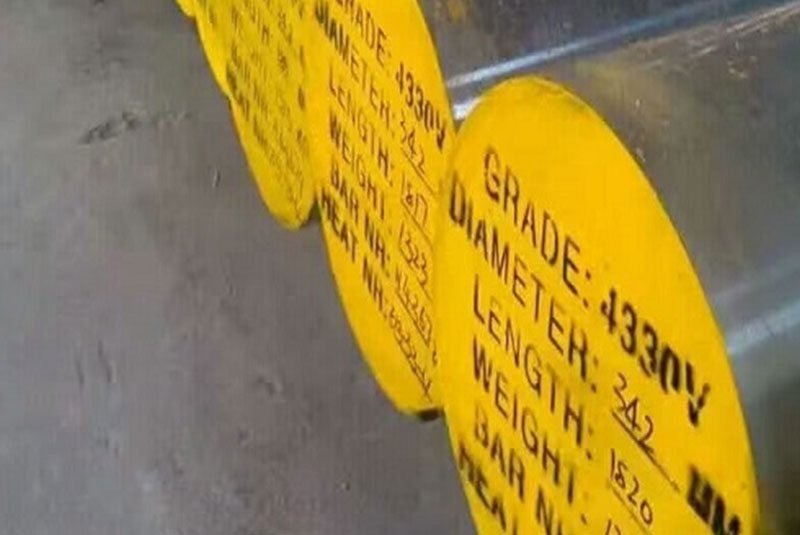
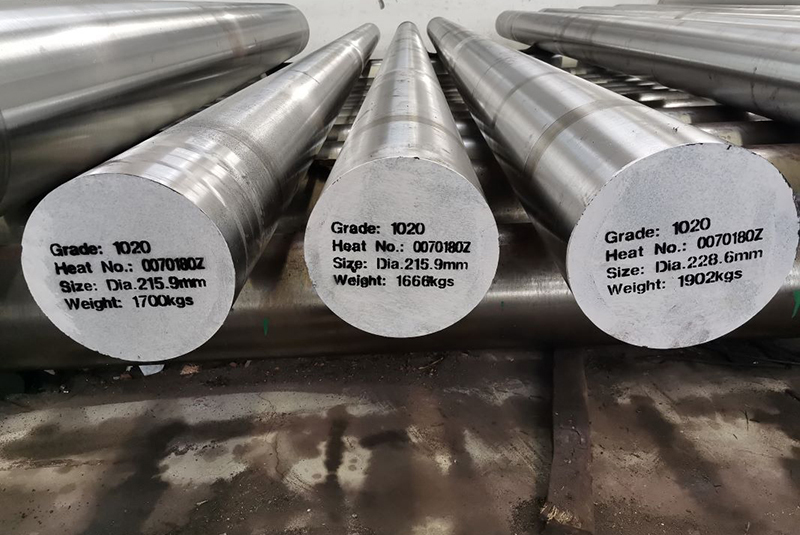

Heat Treatment of ASTM F599 Stainless Steel
Heat treatment can significantly alter the properties of ASTM F599 Stainless Steel. Here’s a guide to its heat treatment processes:
| Heat Treatment | Temperature Range | Purpose |
|---|---|---|
| Annealing | 1010-1120°C | Reduce hardness, improve ductility |
| Quenching | Water or air | Enhance strength and toughness |
| Tempering | 150-370°C | Achieve desired hardness and toughness balance |
How Heat Treatment Affects Properties
- Annealing: Makes the steel more ductile and less brittle.
- Quenching: Rapid cooling that increases hardness.
- Tempering: Adjusts the balance between hardness and toughness to suit specific applications.
Suppliers and Pricing of ASTM F599 Stainless Steel
Finding reliable suppliers is crucial for sourcing ASTM F599 Stainless Steel. Here’s a snapshot of some suppliers and their pricing details:
| Supplier | Location | Price per kg | Additional Services |
|---|---|---|---|
| ABC Metals | USA | $10.50 | Custom cutting, delivery |
| Stainless Steel Corp | Germany | €9.00 | Heat treatment, bulk discounts |
| Metalworks | China | ¥70.00 | Machining, international shipping |
Choosing the Right Supplier
When selecting a supplier, consider factors like location, price, additional services, and delivery times. The best supplier isn’t always the cheapest; quality and reliability should weigh heavily in your decision.
Advantages and Disadvantages of ASTM F599 Stainless Steel
Every material has its pros and cons. Here’s a detailed comparison:
| Aspect | Advantages | Disadvantages |
|---|---|---|
| Corrosion Resistance | Excellent, especially against chlorides | Can be susceptible to pitting in certain environments |
| Strength | High tensile and yield strength | Higher cost compared to some other materials |
| Ductility | Good elongation and flexibility | May require specialized heat treatment |
| Biocompatibility | Ideal for medical implants and surgical instruments | Needs rigorous quality control for medical use |
| Maintenance | Low maintenance, long-lasting | Initial installation can be costly |
Making the Right Choice
Considering ASTM F599? Weigh its advantages like superior corrosion resistance and high strength against its higher cost and potential maintenance needs. It’s like choosing between a luxury car and a budget car—both have wheels, but the ride quality and durability differ significantly.
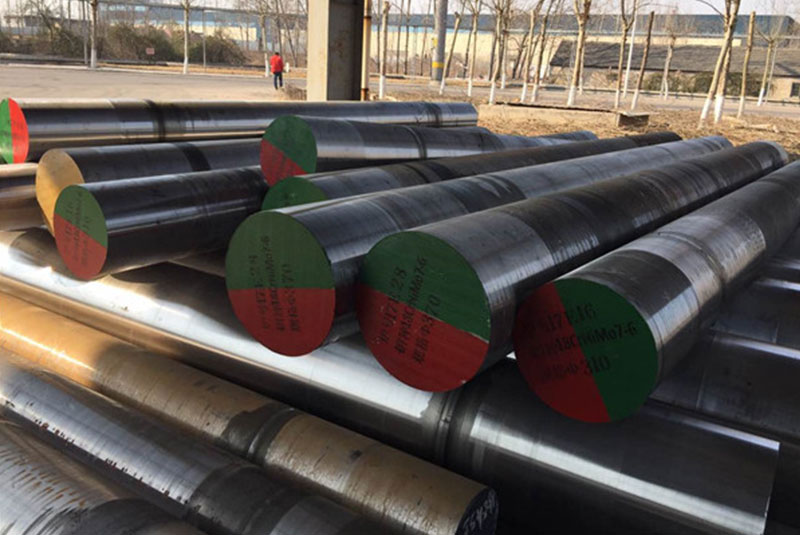
FAQ
Q: What makes ASTM F599 different from other stainless steels?
A: ASTM F599 stands out due to its specific composition tailored for enhanced corrosion resistance and high strength, making it suitable for demanding applications in medical, aerospace, and chemical industries.
Q: Can ASTM F599 be welded easily?
A: Yes, ASTM F599 can be welded, but it requires specific techniques to prevent corrosion and maintain its mechanical properties. Using appropriate filler materials and controlling heat input are crucial.
Q: How does ASTM F599 perform in extreme temperatures?
A: ASTM F599 maintains its mechanical properties well in a wide temperature range. However, its performance can vary depending on the exact conditions and environment.
Q: Is ASTM F599 suitable for marine environments?
A: Yes, due to its excellent corrosion resistance, ASTM F599 is suitable for marine applications, especially where exposure to chlorides and saline environments is common.
Q: What are some common substitutes for ASTM F599?
A: Alternatives like 316L and 304 stainless steels can be used, depending on the specific requirements for corrosion resistance and mechanical properties. However, these substitutes might not offer the same level of performance as ASTM F599 in all applications.
Conclusion
ASTM F599 Stainless Steel is a high-performing, versatile material suited for a range of demanding applications. Its superior corrosion resistance, strength, and ductility make it a favorite in industries like medical, aerospace, and chemical processing. While it comes at a higher cost, the benefits often outweigh the investment, especially in critical applications.
Choosing the right material for your project is like picking the perfect tool for a job—ASTM F599 Stainless Steel might just be that perfect tool for you. If you have any more questions or need further details, feel free to reach out or explore our additional resources. Happy steel sourcing!

